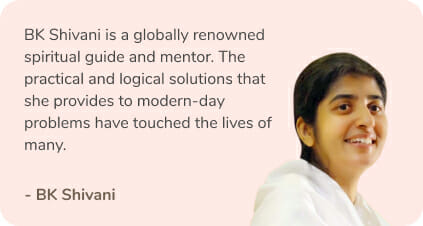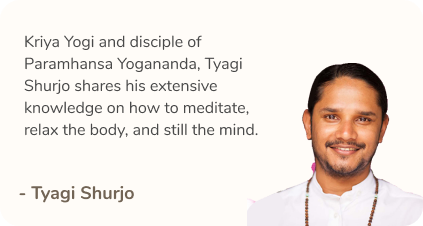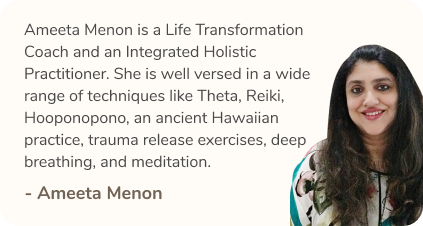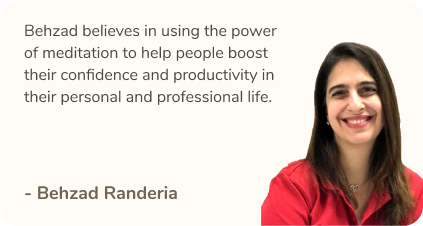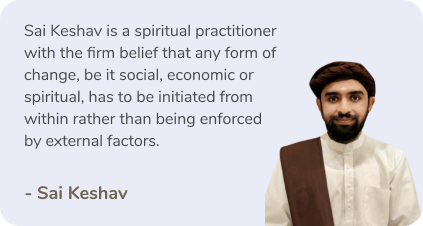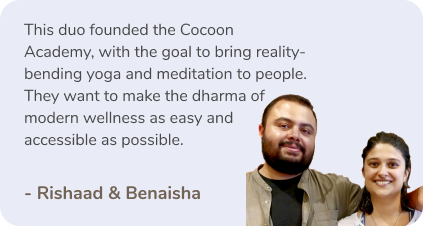How many times have you dismissed your urgent lifestyle owning it to the modern fast-paced way of living that most people follow? The ‘hustle culture’ has us connected 24 hours a day, seven days a week but it’s also the main culprit why so many people suffer from early burnout. And the faster things become, the more we wish to revive the slow lifestyle, that’s where slow living steps in.
So, what is slow living exactly?
Slow living is more of a way of life than a simple practice. By opting for a balanced, meaningful, and life-affirmed way of life, one can achieve slow living. But does this mean you don’t progress the same way as others do? No. Slow living is a nurturing process where a long-term worldview is adopted, and a person focuses on doing things as well as possible instead of as fast as possible.

It may sound like a simple concept but when compared to the roadrunner culture where everything is a race against time, slow living seems like a profound way of separating yourself from the former. It emphasizes the idea of doing things at the right speed. Sure, there are times when you’ll have to be quick and go fast but when you have the choice to put the brakes and savour the present, it truly pays off in the long term.
What are the cornerstones of slow living?
Slow living is about understanding business and how being busy is more of a feeling than an actual phenomenon. According to Joshua Becker, author of Being Minimalist, ‘Busyness is, at its core, about misplaced priorities.” Slow living forces you to reevaluate your relationship with your phone, tablet, laptop and other gadgets, inculcating in you an urge to create more screen-free time for yourself.
This conscious disconnection helps you find opportunities where you can appreciate the things around you and learn to live in the present. It’s not saying to completely disconnect but to find a balance where you know that you’re overexerting yourself scrolling Instagram or streaming Netflix. It’s knowing when enough is enough and having the willpower to stop yourself.

Another cornerstone of slow living is letting go of the fear of missing out. Instead, it focuses on honing the things that matter and the art of saying no to things that don’t. This allows you to finetune on things that seem a priority to you and while they may differ from others, you don’t need to follow the herd due to the fear of missing out. By taking this time to pause and reflect on your actions, you narrow down the things that are truly important to you, allowing you to live a more fulfilling life.
Is it worth your time?
A lot of people have been trying to inculcate parts of slow living into their lives. From disconnecting from technology or having a slower, paced life than compared to modern hustle culture, slow living is emerging in people’s lives in various ways.
A significant reason why people are also turning to slow living is because of their exhaustion from a fast-paced life, something that’s starting to take its toll. By quickly hitting our capacity and living a life where everything needs to be done ‘quick’ and ‘at once’, we’re heading towards an early burnout.

Every aspect of our lives from our health and diet to our relationships with family and friends is suffering because of how fast we’re trying to live our lives. Not only that, it’s also hindering our capacity of creating, ideating, and thinking in fresh ways.
The slow living movement forces people to define a purpose for themselves. The fast-paced culture has blinded us from our purpose and slow living is trying to bring back that art of living in the moment instead of living for a future that’s unknown to all.
It’s exploring the idea of putting your life before your work, which a lot of people don’t have experience in. It’s making us realise that we’re racing through our lives instead of actually living it.
Read More: Food Trends That Define The ‘New Normal’
Like & Follow ThinkRight.me on Facebook, Instagram, and Telegram to stay connected.


